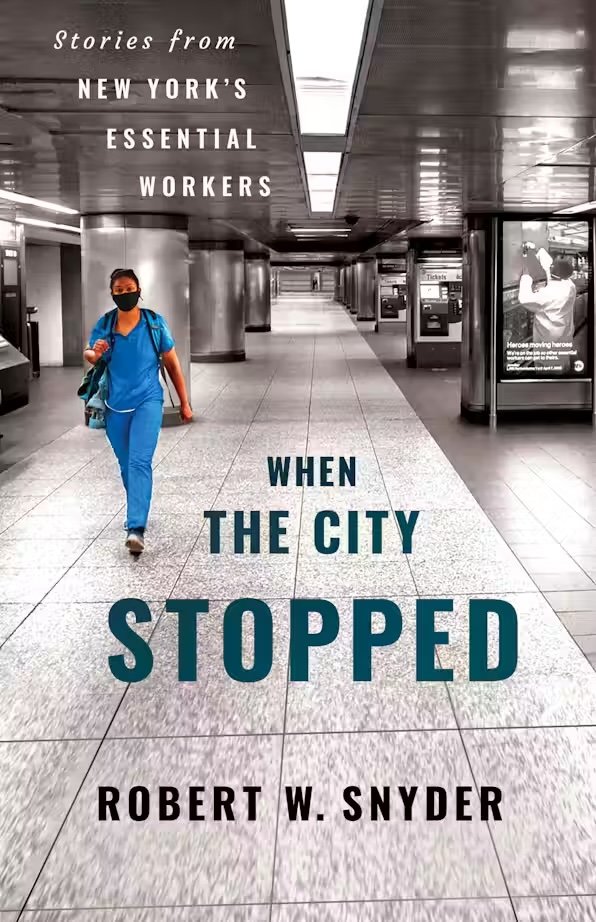
Para Power: Education, Civil Rights, and the Forgotten Jobs Program of the War on Poverty
Paraprofessionals entered American schools during the “crisis of care” in the late 1960s. Despite low pay and second-rate status, they often greatly improved systems of public education. And in his new book Para Power, Nick Juravich frames them as key players in Black and Latino struggles for jobs and freedom, detailing how the first generation transformed schools in New York City and their relationships with the communities they served. Paraprofessionals also created hundreds of thousands of jobs in working-class Black and Latino neighborhoods, funded by the Economic Opportunity Act (or “War on Poverty”). And those programs became an important pipeline for the training of Black and Latino teachers in the 1970s and early 1980s, whose organizing helped drive the integration and expansion of public sector unions. In this engaging portrait of what has been a largely invisible profession, Juravich provides an overdue examination of their lives and work against the backdrop of the era's struggles for justice, equality, and self-determination.
Heather Lewis, author of New York City Public Schools from Brownsville to Bloomberg: The Community Control Movement and its Legacy, joins in conversation.

